Your research to choose the best solution for your HVAC requirements might have taken you to a point of asking “At what temperature is a heat pump not effective?” Well, if you have read our article here, or from your previous knowledge, you know that heat pumps tend to lose efficiency during very cold weather conditions, but then does that mean you should forget about heat pumps if your winters are freezing cold? What is the optimal temperature range, anyways?
Heat Pumps are utilized in houses all across Atlanta for heating and cooling. These HVAC systems often provide energy-efficient comfort throughout the year in our Southern environment. When temperatures dip too low, though, your heat pump may suffer. Estes Services describes what temperature heat pumps become useless in our most recent blog. Heat pumps are available from a variety of Suppliers and Companies, as well as various manufacturers and distributors, and there are several Heat Pumps for Sale on Linquip.
There is a complete list of heat pump services on the Linquip platform that covers all OEM fleets. Please call Heat Pumps Experts in Linquip to learn more about how to connect with a diverse group of service providers who consistently deliver high-quality products.
The good news is that not only we, at Linquip, are here to help you find your HVAC solution among the best products on the market, but also would like to give you the answers to the above questions to make it easier for you to finalize your decision.
When Do Heat Pumps Quit Working Efficiently?
Heat pumps are quite efficient devices for heating and cooling your building as long as some conditions are met. A heat pump’s performance is very much reliant on the outdoor air temperature during the cold days. This is because what it actually does is absorbing heat from one environment and directing it to another, and when the outside temperature is so low that there is not much heat available to be extracted from it, there would not be enough energy to warm up your building.
What matters here is to consider the fact that there is still adequate heat available during the cold winter days, but once the temperature falls below some certain degree, heat pumps will lose their operational efficiency. They would try hard to extract every ounce of heat they can get their hands on, which would lead to high electric bills, doing the opposite of what you bought them for in the first place.
Heat pumps quit working efficiently as they used to when the outside temperature reaches about 40 degrees Fahrenheit, and you can say that anything below the range of 25 to 30 degrees is a temperature a heat pump is not effective. Therefore, you can count on a conventional heat pump as a solution for your HVAC requirements as long as the temperature range is above 25 to 30 degrees Fahrenheit.
At What Temperature Is a Heat Pump not Effective? And What to Do
When temperature falls to and below the range of 25 to 30 degrees, where the atmosphere temperature is at freezing and below freezing ranges, a conventional heat pump would lose its value. Well, they would still work, but with very low efficiencies in terms of power consumption and also lose the ability of consistently maintaining the inside temperature and providing comfort due to lack of sufficient outdoor heat. This is exactly the opposite of what they were purchased for in the first place.
While that is true, there are solutions to this problem. Heat pumps can enjoy backup heating systems to help them during such cold days. It means that you could still be owning a heat pump for your HVAC system that together with the backup heater could deliver year-around air comfort to you.
Okay, so your options for the backup heating system would include the following:
- You can use a furnace that runs on natural gas or any other low cost fuel as the backup heating system. Well, this would mostly be the case when there is easy access to the fuel. Gas furnaces that run on natural gas are the most common cases when you can consider a furnace as the backup heater. They can deliver good heating while not making the owner pay a lot for their service during the freezing days of winter.
- In case there is no easy access to fuel sources such as natural gas, the next best thing is to install electric heat strips alongside your heat pump to prevent a ‘heat pump not effective’ situation. These strips are heated when electric charge passes through them during the freezing days of Winter, and therefore, can provide a supplementary source of heat. Installation of electric supplementary heat sources would cost a lot less than a fuel powered furnace; therefore, it is most likely not a good idea to install a furnace just as the backup heating system.
Do not overpay for your heat pump!
When the outside air has a temperature a heat pump is not effective in anymore and you are getting help from a supplementary heating system, you need to make sure you do not use that backup system more than you need.
When you use a backup heating source, it could become online automatically or manually when the outside air is freezing cold. This switching between the two could be configured on the thermostat controls. However, if you manually pick the backup heat system as the primary source of heat generation, you might significantly raise your operation costs. This is because the outside air might swing between “hot-enough” temperatures and “not-hot-enough temperatures, and using your heat pump as the heat generator during those hot-enough temperatures is generally more efficient.
The point to take here is to stay with your automatic switch configuration, unless the heat pump is out of order for some reason.
Do Heat Pumps Become Less Efficient Over Time?
While furnaces might lose efficiency over time, it’s the air conditioning or heat pump systems that you should be concerned about. They are the most vulnerable to decreased efficiency, especially if they are not well maintained.
Air source heat pumps may operate in temperatures as low as -10 degrees Fahrenheit! If you’re concerned—or if you live in Antarctica—you can acquire a heat pump with an emergency supplementary heating system (the vast majority of people never need it).
More on Cold Weather Problems of Heat Pumps
New technologies can help with heat pump efficiency problems during cold weather. Watch here how a variable speed inverter heat pump would operate during such weather conditions.
Download Heat Pump and Effective Temperature PDF
Buy Equipment or Ask for a Service
By using Linquip RFQ Service, you can expect to receive quotations from various suppliers across multiple industries and regions.
Click Here to Request a Quotation From Suppliers and Service Providers
Read More In Linquip
- Types of Shell and Tube Heat Exchanger
- Heat Pumps vs Air Conditioners: The Everlasting Battle
- Types of Heat Exchangers: An Introduction to All Essential about Specifications
- What Are Air Source Heat Pumps? A Complete Guide
- Installing an Air Source Heat Pump: Everything You Need to Know
- What Are Air Source Heat Pumps? A Complete Guide
- What Is a Heat Pump Reversing Valve?
- What is the Difference between Heat and Temperature?
- best mini split heat pump for cold weather: an easy guide to pick the perfect system
- The Complete Guide To Air Source Heat Pumps Disadvantages
- A General Overview of Heat Pump Problems
- Installing an Air Source Heat Pump: Everything You Need to Know
- 16 Parts of Heat Pump and Functions (Clear Guide)
- 3 Types of Heat Pump + Working Principle ( Clear Guide)
- Heat Pump Efficiency: Equation & Formula
- How Does a Heat Pump Work?
- What Are Air Source Heat Pumps? A Complete Guide
- Best Mini Split Heat Pump for Cold Weather {Ultimate Guide}
- How to use a heat pump in winter: learn the basics, get the most out of it
- A General Overview of Heat Pump Problems
- Heat Pumps vs Air Conditioners: The Everlasting Battle
- Understanding Heat Pumps in Winter: How Do They Work?

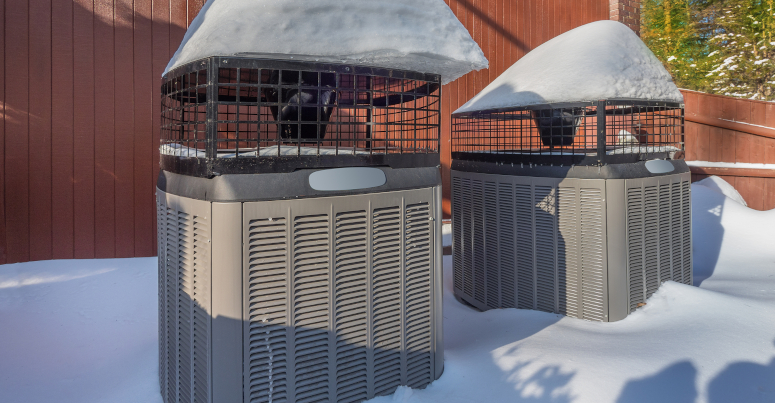
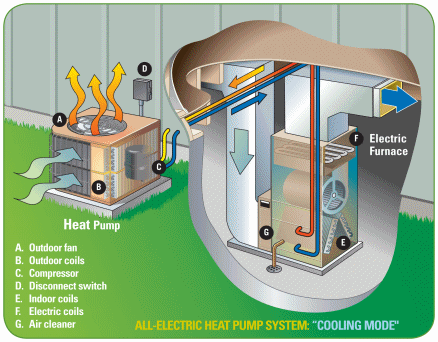

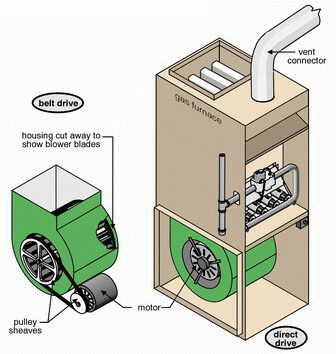
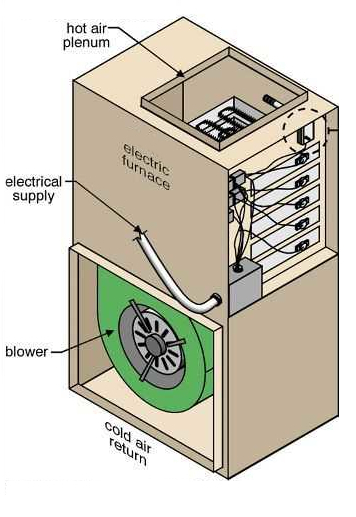
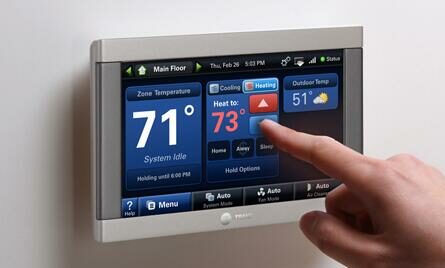


What about the heat pump efficiency when there are low temperatures say 30-35 degrees but high humidity.?